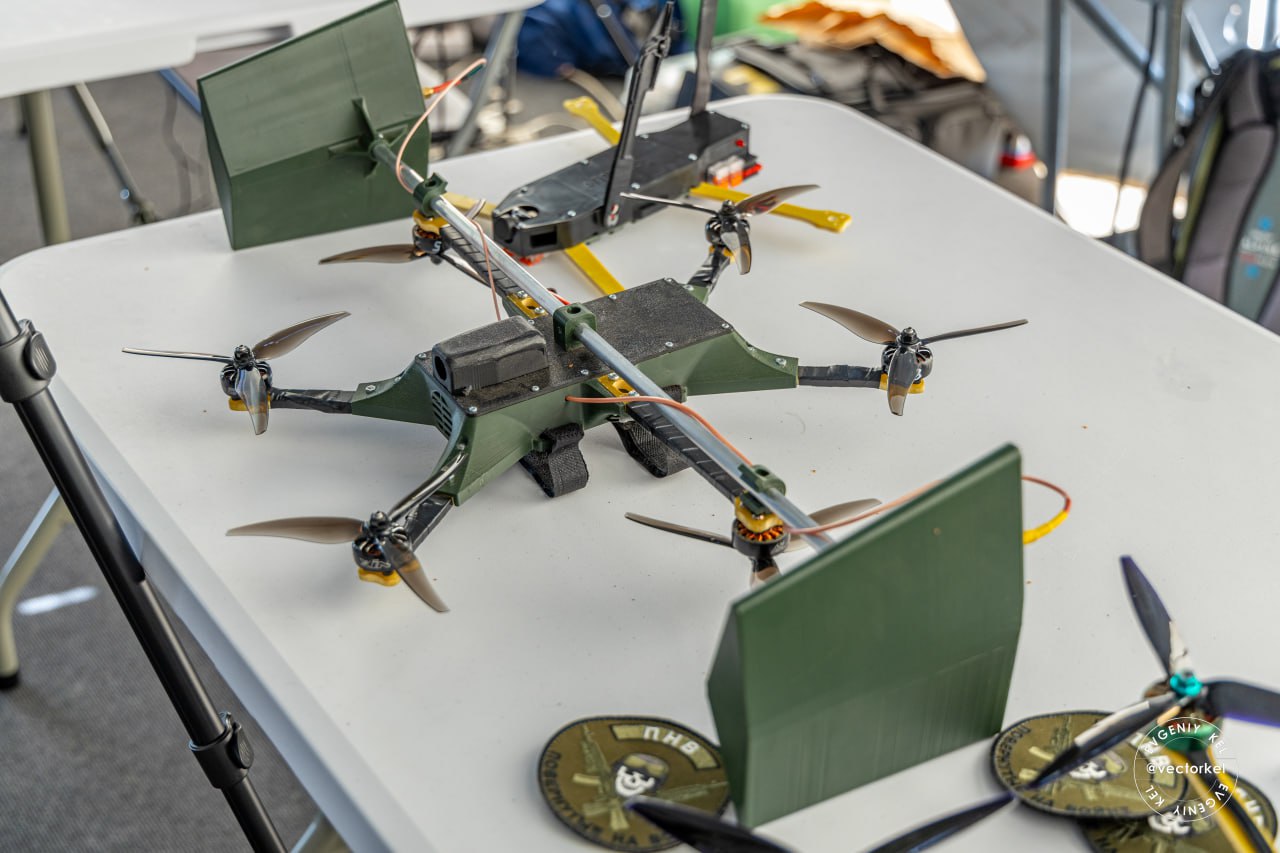
Russians increase the range and stability of FPV drones
Russian engineers increase the range of FPV drones and their resistance to electronic warfare.
The blogger DanielR discussed the development of Russian attack drones in his post, analyzing the design of the downed drone.
The published photos capture the Russian FPV-drone “Upyr” carrying a retransmission station, which significantly increases the range of the drone strike.
The drone receives communication from the control station and transmits a signal to the other (strike) drone, and on the way back receives and transmits images from its video camera to the remote control console.
This method of using drones involves the use of several crews simultaneously to maintain a “radio bridge” and also takes several frequencies, but opens up many opportunities for strikes on the enemy’s rear.
Drone design
Russian “Upyr” is mass-produced by a private enterprise in Yekaterinburg. 3D printing is widely used in its production, in particular, for the manufacture of a plastic drone body, antennas, and cameras, as well as other small parts.

The drone contains two large repeater antennas for receiving and transmitting signals. In addition, a video camera is installed on board, along with a GPS module with an iFlight compass (M8Q-5883 V2.0). They are used for flight and space orientation.
It is worth noting that the drone’s design used a SAW filter manufactured by Tai-Saw Technology (model TA1090EC). It is used to block the reception of radio frequencies outside the range of 1.075 to 1.095 GHz.
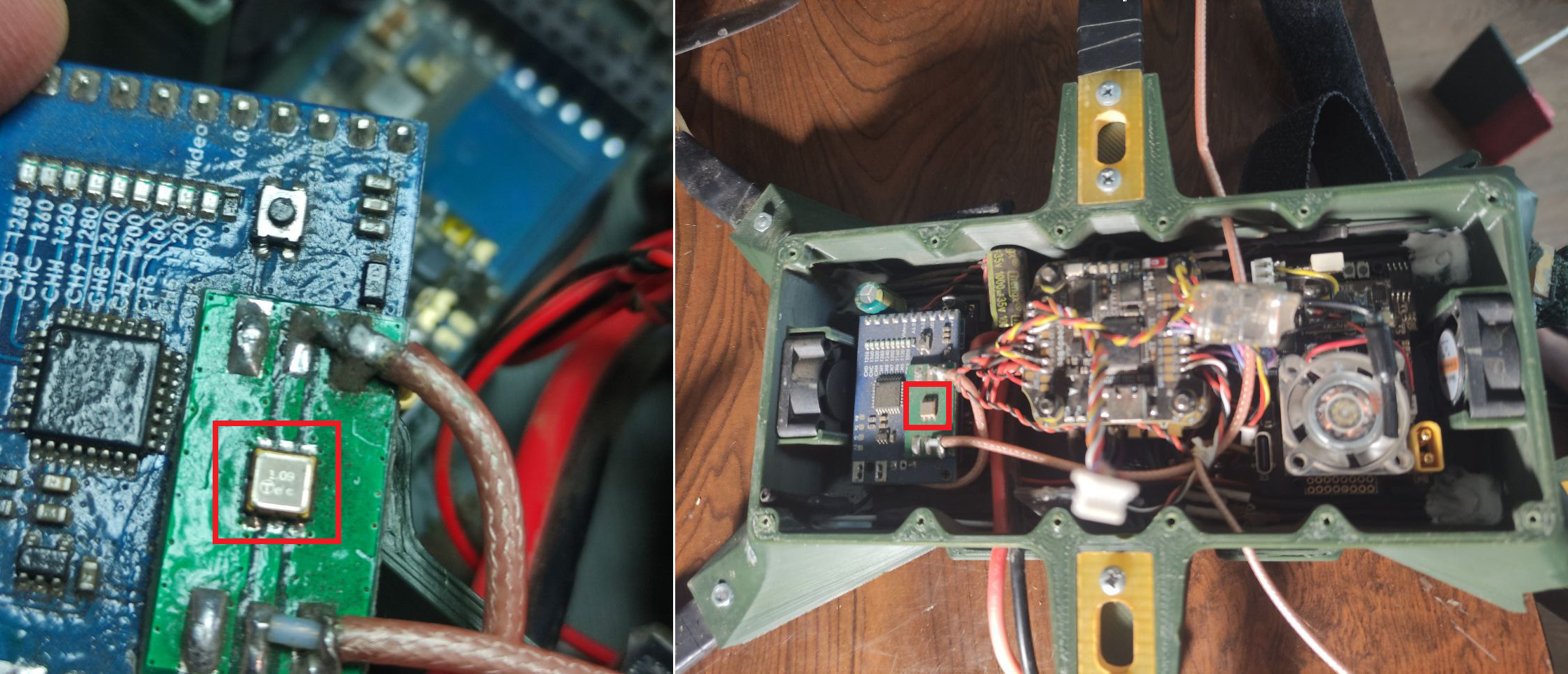
The use of such chips helps protect communications from the effects of EW systems that use interference in a wide range of radio frequencies. In order to “suppress” such drones, EW station operators need to create interference at a precise frequency, which is unlikely.
Development of FPV drones
In addition to the parameters of flight range and communication stability, the development of impact drones also takes place in the direction of integration of artificial intelligence and automatic target capture systems.
In addition, the use of more expensive drones with infrared and thermal imaging cameras, which allow flying in the dark, becomes more common and scalable on the battlefield.
Read more on the evolution and future of drones in the article “New threat: FPV Drones Adapt for Night-Time Operations“
Drones are also evolving in size. At the end of last year, the Ukrainian military started using heavy Mamont drones against the Russians, which can carry a warhead weighing up to 4 kilograms and have a range of up to 30 kilometers.
SUPPORT MILITARNYI
Even a single donation or a $1 subscription will help us contnue working and developing. Fund independent military media and have access to credible information.

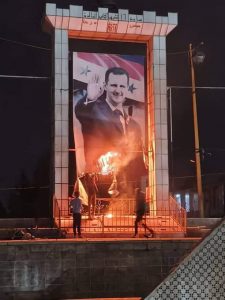
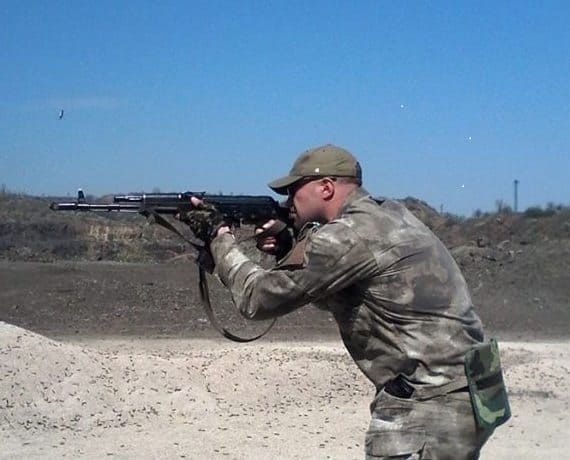 Urich
Urich 
 Андрій Харук
Андрій Харук 
 Контужений Безпілотник
Контужений Безпілотник 
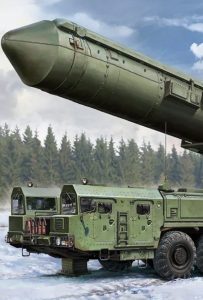
 Центр ініціатив ПЖ
Центр ініціатив ПЖ 
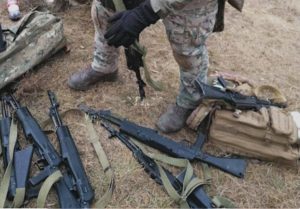


 Vadim Kushnikov
Vadim Kushnikov 
 Андрій Тарасенко
Андрій Тарасенко 
 Юрій Юзич
Юрій Юзич 
 Віктор Шолудько
Віктор Шолудько 
 Роман Приходько
Роман Приходько 




